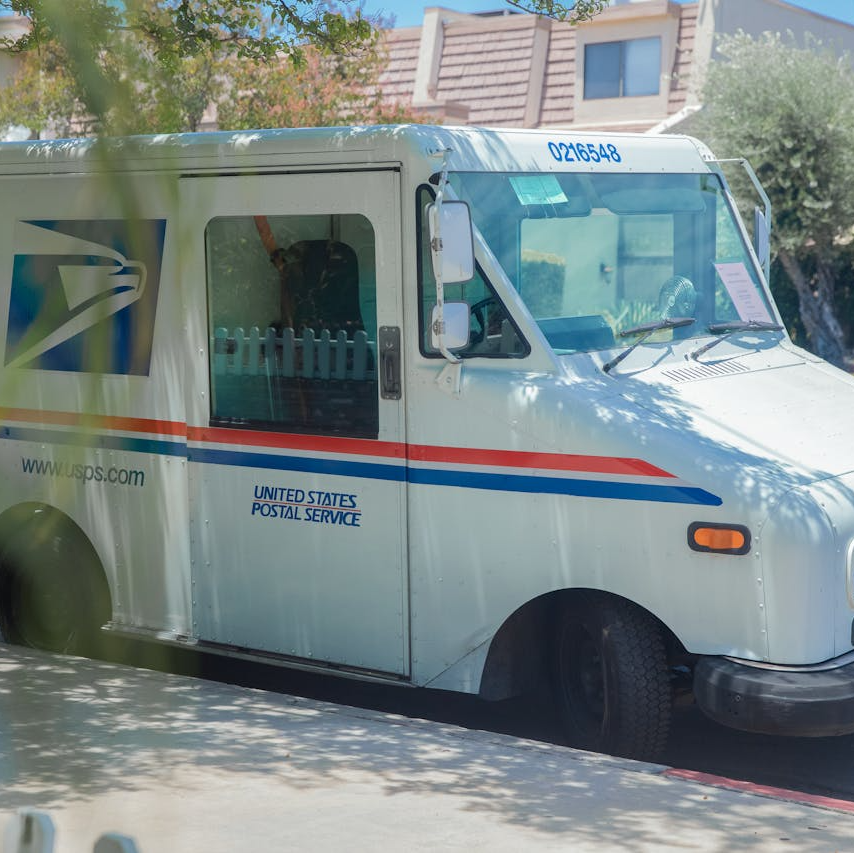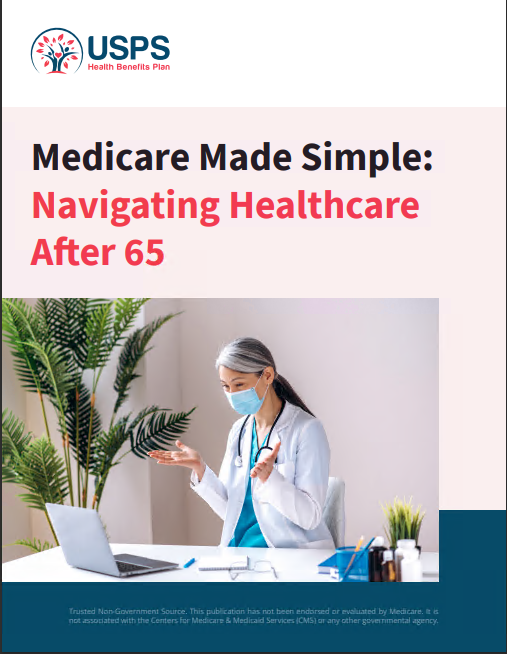Key Takeaways
-
Enrolling in a Postal Service Health Benefits (PSHB) plan is essential for maintaining health coverage in 2025 and beyond. Understanding eligibility, enrollment periods, and plan options helps you make informed decisions.
-
Medicare-eligible annuitants may need to enroll in Medicare Part B to retain their PSHB coverage, and coordinating both plans can reduce out-of-pocket healthcare costs.
What You Need to Know About PSHB Enrollment in 2025
The transition from the Federal Employees Health Benefits (FEHB) Program to the Postal Service Health Benefits (PSHB) Program is well underway. If you’re a Postal Service employee, retiree, or family member covered under PSHB, staying informed about your enrollment options ensures you maintain the best possible healthcare coverage.
Let’s break down the key aspects of PSHB enrollment and how it impacts your healthcare journey.
1. Who Needs to Enroll in a PSHB Plan?
If you’re a Postal Service worker, retiree, or eligible family member, you must enroll in a PSHB plan to keep your health coverage. The PSHB program officially replaced FEHB for Postal Service employees on January 1, 2025. But not everyone is required to take action immediately.
Current Employees
-
If you are an active Postal Service employee, you are automatically enrolled in a PSHB plan, provided you were already enrolled in an FEHB plan.
-
If you did not have an FEHB plan before, you need to actively enroll in a PSHB plan during the next Open Season, held annually from mid-November to mid-December.
Retirees and Annuitants
-
If you retired on or before January 1, 2025, you can continue your FEHB coverage or switch to a PSHB plan.
-
If you are Medicare-eligible, some plans may require you to enroll in Medicare Part B to keep your PSHB coverage.
-
Family members who are covered under your plan must also meet eligibility requirements to remain covered.
2. When Can You Enroll or Make Changes?
Enrollment and plan changes follow specific timelines. Knowing these dates ensures you don’t miss your opportunity to select the right plan for your needs.
Annual Open Season (November – December)
-
Open Season runs from November 11 to December 13, 2025. This is the main period when you can enroll, switch plans, or update coverage levels for the following year.
-
Any changes made during this period take effect on January 1, 2026.
Special Enrollment Periods (SEP)
Certain life events allow you to change your PSHB plan outside of Open Season. Qualifying events include:
-
Marriage or divorce
-
Birth or adoption of a child
-
Loss of other health coverage
-
A change in Medicare eligibility
To take advantage of an SEP, you must request plan changes within 60 days of the qualifying event.
3. How Does Medicare Integration Affect Your Coverage?
If you are an annuitant or family member who is Medicare-eligible, you may need to enroll in Medicare Part B to keep your PSHB benefits. Understanding how Medicare works with PSHB ensures you get the most value from both programs.
Medicare Part B Requirement
-
If you retired on or before January 1, 2025, you are not required to enroll in Medicare Part B to keep your PSHB plan.
-
If you retire after January 1, 2025, you must enroll in Medicare Part B once you become eligible (usually at age 65).
-
Family members covered under your plan must also enroll in Part B if they are eligible and required by the plan.
Benefits of Enrolling in Medicare Part B
-
Lower out-of-pocket costs: Some PSHB plans reduce deductibles and copayments for enrollees with Medicare.
-
Additional coverage options: Medicare covers services that some PSHB plans may not.
-
Prescription drug savings: Some PSHB plans integrate with Medicare Part D, lowering drug costs.
If you delay enrolling in Medicare Part B when required, you may face late enrollment penalties and risk losing your PSHB coverage.
4. What Costs Should You Expect?
While PSHB offers a variety of plan options, it’s important to understand the general costs involved.
Premiums and Government Contributions
-
The federal government covers about 70% of the total premium cost, with employees and retirees paying the rest.
-
Premiums vary depending on coverage level (Self Only, Self Plus One, or Self & Family).
Deductibles and Copayments
-
Plans have different annual deductibles ranging from a few hundred to several thousand dollars.
-
Copayments and coinsurance vary based on services, such as primary care visits, specialist visits, and emergency care.
Out-of-Pocket Maximums
-
Most PSHB plans set annual out-of-pocket maximums, capping the total you spend on deductibles, copays, and coinsurance.
-
In 2025, PSHB in-network out-of-pocket limits are $7,500 for Self Only and $15,000 for Self Plus One and Self & Family.
Understanding these costs helps you compare plans and choose the best option based on your healthcare needs.
Making the Right Choice for Your Health Coverage
Enrolling in the right PSHB plan is a crucial step in managing your healthcare costs and ensuring access to quality care. Whether you are an active Postal Service worker, a retiree, or a family member, knowing when and how to enroll helps you avoid coverage gaps and unexpected expenses.
Need help navigating your options? Speak with a licensed agent listed on this website to find the best plan for your needs. They can help you compare benefits, explain Medicare integration, and ensure you maximize your coverage.










